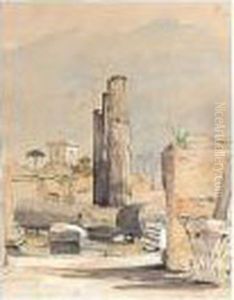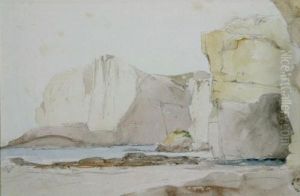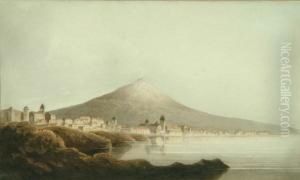Francis Russell Nixon Paintings
Francis Russell Nixon was not primarily known as an artist but made significant contributions to various fields including ecclesiastical work and exploration. Born on August 1, 1803, in England, Nixon became the first Anglican Bishop of Tasmania, a role through which he exerted considerable influence on the social and educational landscape of the region during the mid-19th century.
Educated at Eton College and then at Christ Church, Oxford, Nixon was ordained in 1827. His interest in the Church's role in society, particularly in the realm of education and welfare, marked much of his career. In 1842, he was appointed as the Bishop of Tasmania, then known as Van Diemen's Land, a position he held until 1863. His tenure in Tasmania was marked by his efforts to improve the moral and spiritual welfare of the convicts and the broader community, including advocating for the establishment of schools and the improvement of educational standards.
Nixon was also an amateur botanist and artist, documenting the flora and landscapes of Tasmania through his drawings and paintings. His artistic works, although not widely known, contribute to the visual history of Tasmania and offer insights into the natural history and aesthetic sensibilities of the period.
After resigning his position due to health reasons, Nixon returned to England, where he continued his ecclesiastical and educational pursuits until his death on April 7, 1879. Despite his primary legacy being in the religious and educational spheres, Francis Russell Nixon's artistic endeavors provide a fascinating glimpse into the intersecting worlds of art, exploration, and ecclesiastical life in the 19th century.


